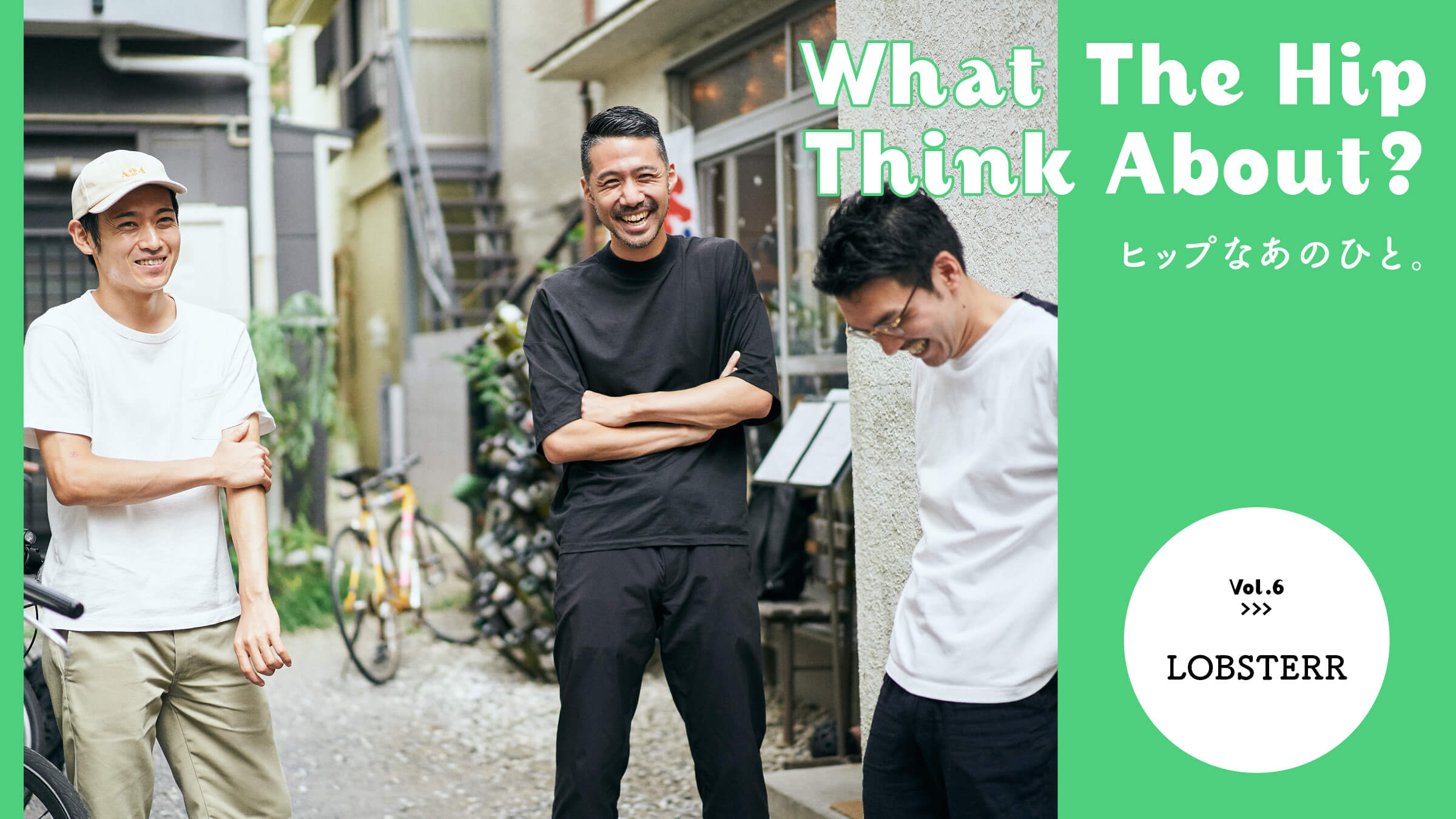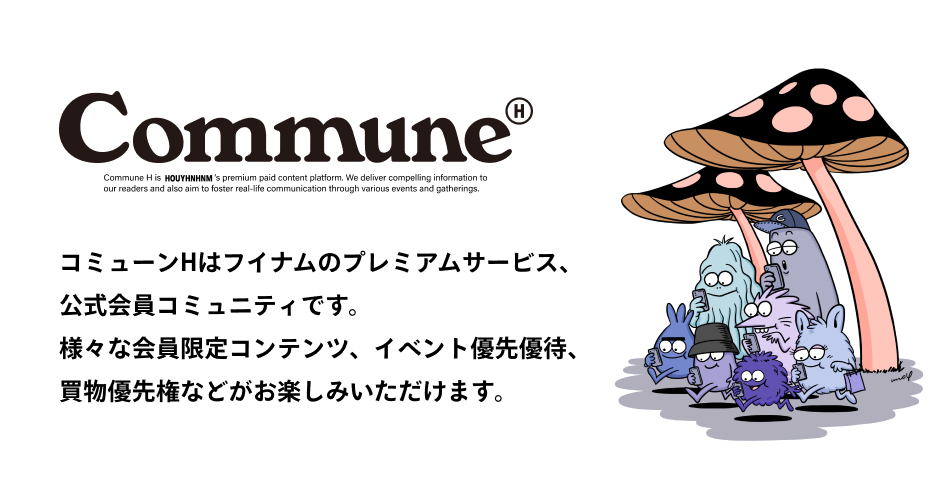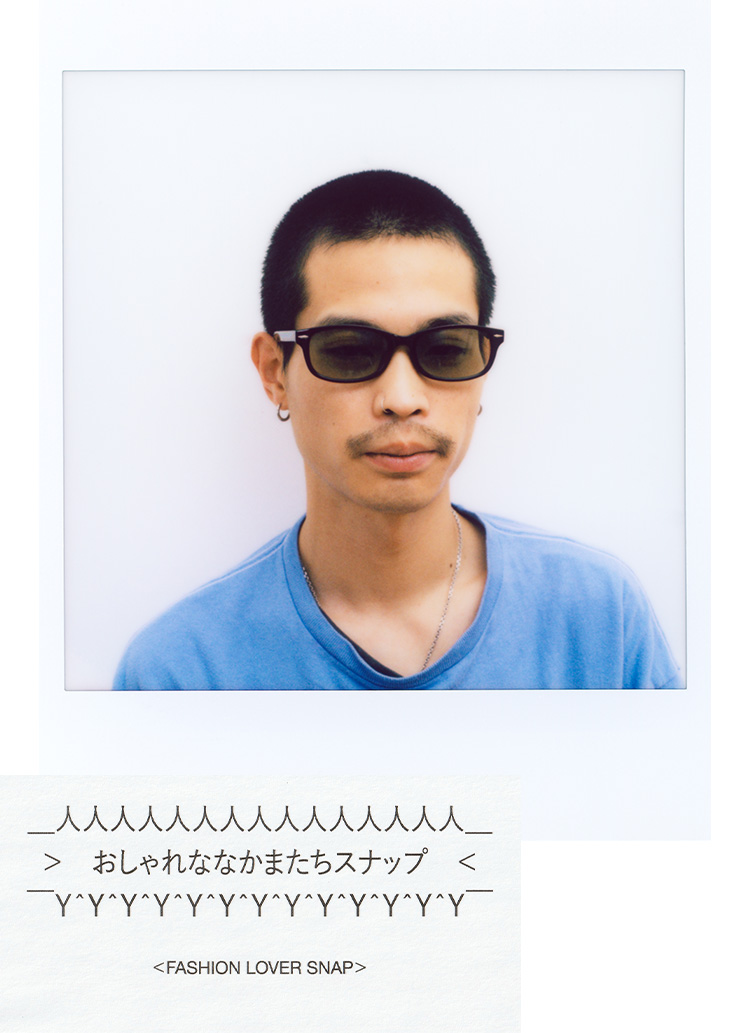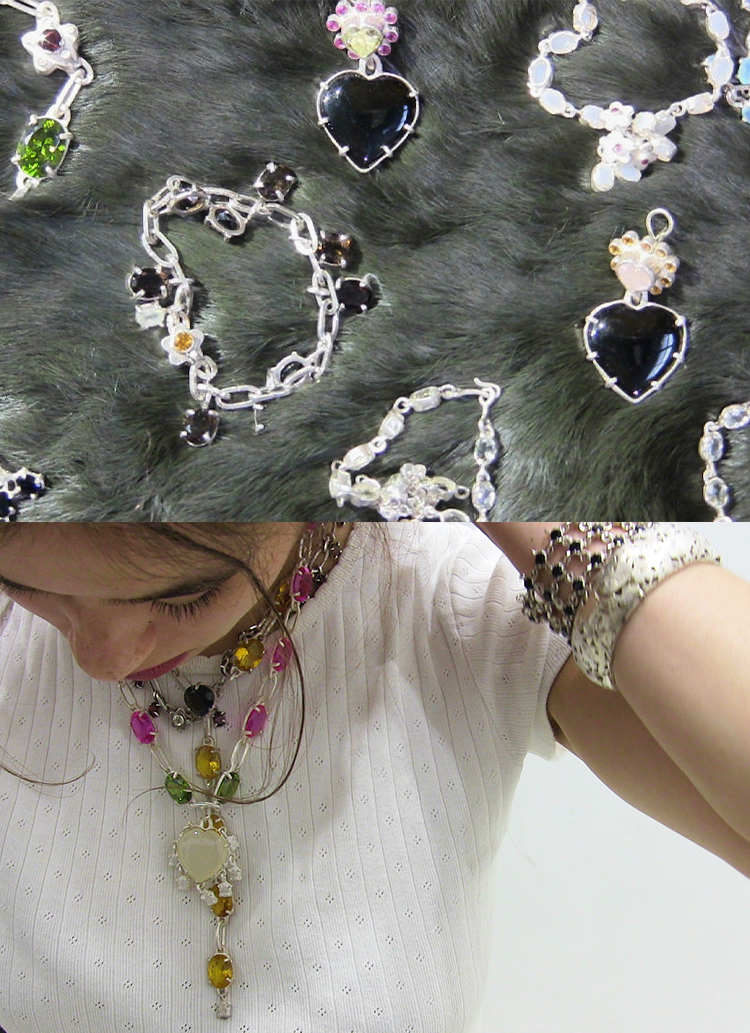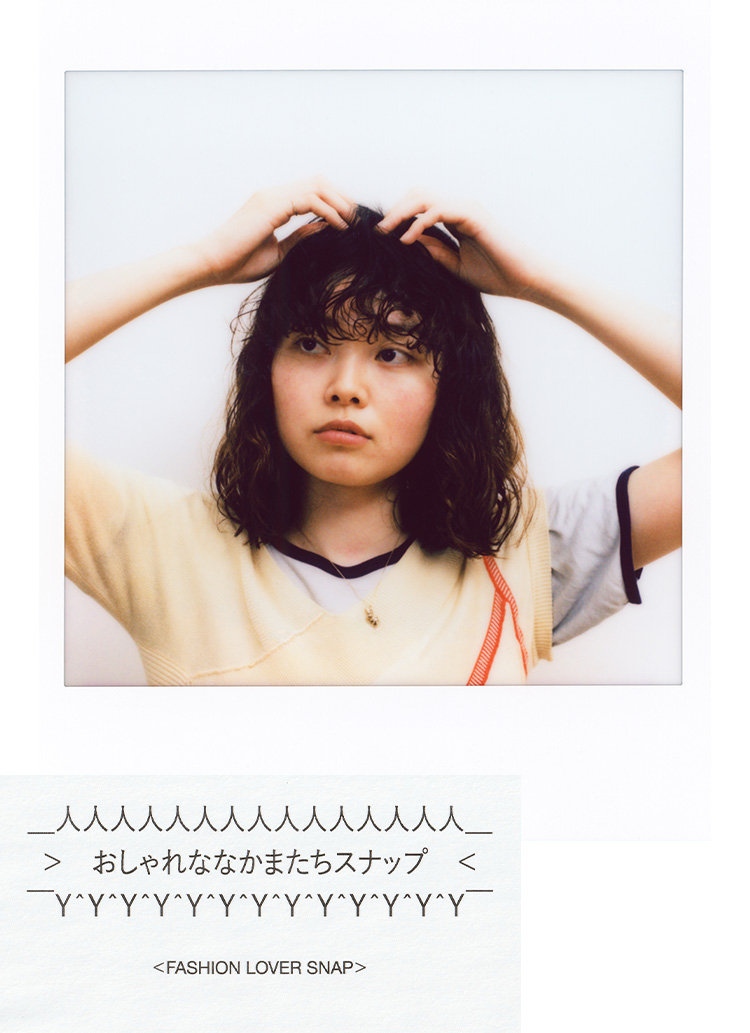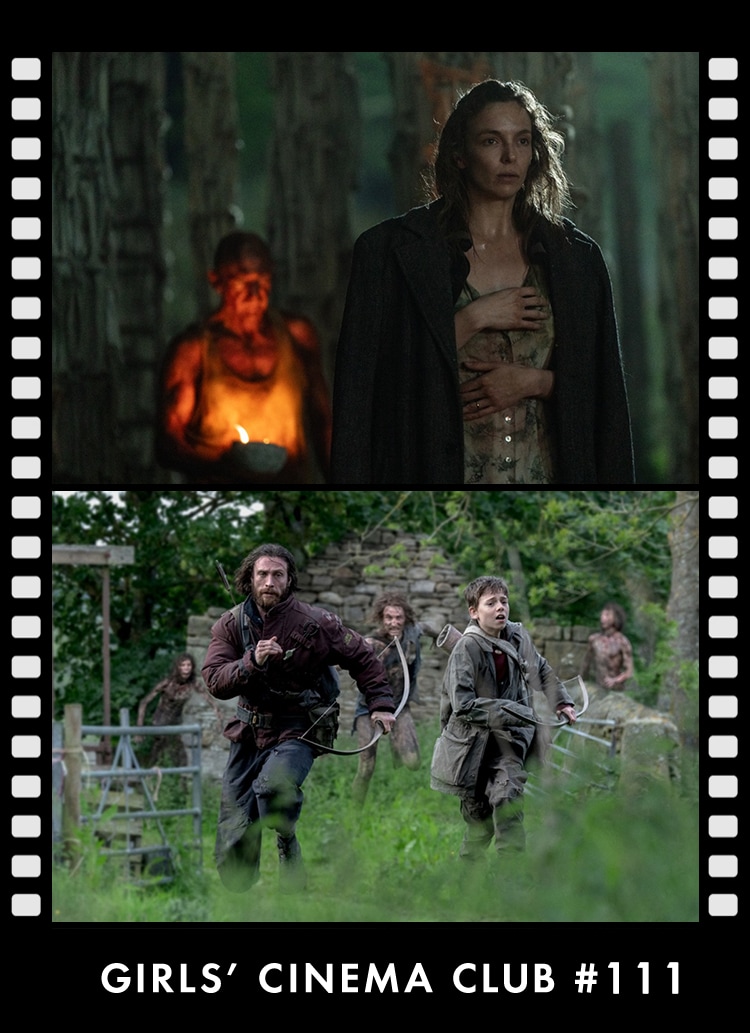Newsletters are more like paper than the web.
LOBSTERR" is also a newsletter, because the people you like are sending out information in this format.
Sasaki:Yes, I am. United States.Benedict EvansI have a friend who has been doing a newsletter since 2013. I get it every Monday, and it has all the tech news you need to read for a week. I liked it. I took that format as a guide, and added an opening essay to "LOBSTERR" called Outlook.
The part with the signatures in alphabetical order.

From the Outlook page of the Lobsterr Letter vol. 76.
Sasaki:Yes.
The Outlook section is also very interesting to read, but I understand that you also wrote the other sections.
Sasaki:Yes. When the manuscript is ready, Okahashi-san and I share it with Miyamoto-san, who takes a great deal of time to proofread it and gives each article a title. From there, Miyamoto-san spends a great deal of time proofreading and titling each article. Readers may not realize it, but the titles are a bit stylish, incorporating movie and novel titles.
I didn't know that...I'll have to pay attention to the title. Do you select your favorite stories, or do you just like each of them?
Sasaki:Yes, I think so. We don't have any particular agreement. For example, when Black Lives Matter was gaining momentum, all the members of the committee would write articles about it, or articles about how young people are creating the value of the future.
Miyamoto:They all cover disparate stories, but sometimes they write about the same things.
I see. What is also unique is the frequency. The pace, once a week on Mondays, is just right.
Sasaki:Thankfully, we get a lot of that feedback. They look forward to every Monday. Some people seem to use it as a switcher between their days off and work.

Tortoise Quarterly, a print magazine published by the media company Tortoise, which Mr. Okahashi referred to when creating "LOBSTERR.
Oka Bridge:(Quickly pulling it out of his bag) Also, this is one of the media we referred to, the print media "Tortoise Quarterly" of the British company "Tortoise". Tortoise advocates a slow media that is as slow as a tortoise, but that slowly and deeply examines things.
Slow media is something I've heard a lot about lately, but how do you define it?
Oka Bridge:First of all, it means that the update frequency is slow.
Sasaki:I am wondering if there are some themes that we are dealing with. We take up what is happening in another part of the world that is more in-depth than what is happening in the world. We will take up areas that are closer to the story of the ocean floor rather than the surface.
Do you all have the same understanding of this?
Miyamoto:We are the same.
Slow and deep.
Oka Bridge:And it's usually long.

Sasaki:Long is certainly the point too. That's why readers can't read it quick. LOBSTERR" also has less than 15,000 words each week, and definitely more than 10,000. I think it's hard for readers to read.
Oka Bridge:We often don't cover trending or breaking news. If an article from a few months ago is interesting, we will feature it, and sometimes it fits the context better.
Miyamoto:You even dare to take up last year's article.
Do you mean "in context" in the sense that it fits with the current trends?
Oka Bridge:Yes, it is.
I think the retro format of email also adds to the slow pace.
Sasaki:I think so. I am basically a wimp, so when I decided to do "LOBSTERR," I chose to do it the old-fashioned way, instead of using web media or SNS-based media. Moreover, in this age of emphasis on visuals and video, we chose not to include any of those elements. We often use the word "alternative," and we thought it would be great if we could make not only the content but also the media format alternative.
Miyamoto:Also, not to tie in with Slow, but I think newsletters are more like paper than web, even though they seem digital.
What do you mean?
Miyamoto:For example, you should be able to finish reading it. Nowadays, infinite scrolling is very popular, but in the case of newsletters, you can finish reading them. Also, since it is a packaged medium, you basically have to read from the top. You can't just look at the title and jump to each article in a newsletter.
Yes, that is true.
Miyamoto:So, unlike web media, there is no need to make the title catchy. In web media, the subheadings are meant to make sense on their own, but "LOBSTERR" is surely not to be understood if you read only the subheadings. The same goes for not putting a big surprise mark. That's also because it doesn't need to be catchy.

Miyamoto:Also, this is not so much the experience of the reader as that of the creator, but it is the same as with print media in that once a piece is published, it cannot be fixed. So, it is like making an article of about 8 to 10 pages once a week.


